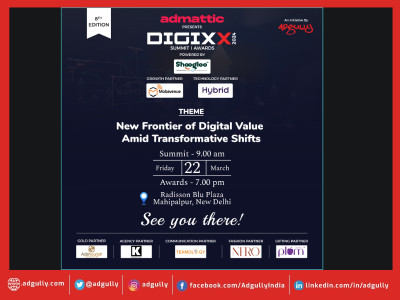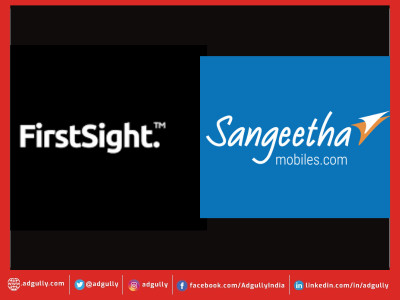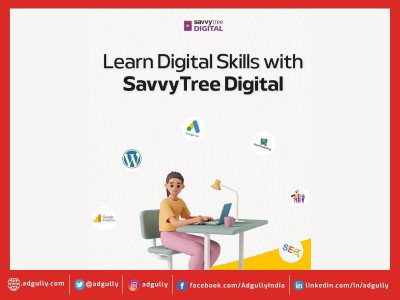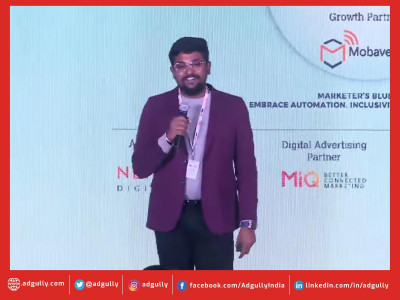Digital Marketing: Betting big on Voice and Visual Search
Criteo’s Kenneth Pao writes about the fresh opportunities provided by Voice and visual control to digital marketers, creating new avenues to connect with audiences in useful and meaningful ways.
As digital continues to evolve, marketers must find new channels to increase revenue, drive growth in commerce, and streamline the purchase journey. Remember when text search was groundbreaking? With the help of artificial intelligence, now visual and voice search are here, and text search has ceased to be a delightful user experience. Visual and voice search will change the way people look for information, find new products and research before making a purchase decision, and it’s important for marketers to adapt to this new behaviour in order to stay ahead. According to Gartner, companies who redesign their websites to support visual and voice search will see up to a 30 per cent increase in digital commerce revenues by 2021. But what exactly are visual and voice search, how does Artificial Intelligence come into play, and why are these new channels so impactful?
Voice and visual control brings fresh opportunities, as voice recognition technology continues to improve in accuracy, and services continue to be added, more consumers will shift to voice and visual engagement. Screen plus voice interface makes intuitive sense and companies will be able to combine these to offer customers a better and more engaging experience.
Creating more engaging experiences
New technology is enabling us, as digital marketers, to catch up to what brick-and-mortar stores have been doing since the beginning of time. In a lot of ways, visual and voice search are akin to how we already shop offline. When we walk into a store, we look around and take everything in and if we have questions, we ask someone who works there for help. According to Microsoft, developments in artificial intelligence have improved speech and voice technology so much that it is reportedly on par with humans, adding a whole other layer of interaction to online shopping.
But voice and visual search are more than just the online equivalent of an eye-catching display or a helpful employee. They’re also an entirely new opportunity to connect with your customers and further define your brand, while also making the purchase journey as simple and straightforward as possible. Plus, when combined with AI and Machine Learning, brands can start to make predictions on other items their consumers might like.
Standing out with visual search
While visual search is relatively in its infancy, there have been many developments happening in the last few years. Take Pinterest, for example. In 2017, the company unveiled Pinterest Lens, a visual search tool within their app. It allows users to snap a picture of something in the real world and get results in Pinterest related to that object. The use cases for this are wide-ranging. For instance, taking a picture of a shirt to get inspiration for how to style it or snapping a picture of an ingredient to get recipe ideas. Pinterest co-founder Evan Sharp said that Lens “let’s your eyes do the searching.” Which is exactly what we do when we shop offline.
These types of machine learning models are creating new avenues to connect with audiences in useful and meaningful ways. Visual search in particular assists consumers in the discovery phase of their shopping journey, allowing them to find similar products based on something they already like. CPG and fashion brands will see the most success with this new medium but will need to develop a strong visual identity in order to gain results. We’re only just scratching the surface of what’s possible in visual search. The brands that thrive will be the ones who are able to stand out in an image-saturated market.
Speaking directly to customers with voice search
Voice search and digital assistants are making shopping more seamless than ever, devices like Amazon’s Alexa and Google Assistant enables a better shopping experience by making it easier to purchase a product but are also useful in the consideration stage as consumers look for information. To succeed in voice, we need to precisely understand user intent, organise content via actionable knowledge graphs, summarize the details and provide digestible information when it’s spoken out loud. It is a fascinating challenge and one that attempts to understand how we as humans communicate.
Voice and visual are still at a nascent stage in India. However, a lot has changed, especially after the growing proliferation of smart speakers. 2019 has rightly been termed as the year of voice and strongly believe that voice has potential to bring next 300 million Indians on digital platform.
Artificial intelligence is making it easier for retailers to stay ahead of the changing behaviours of their consumers, adapting to meet their needs, especially when these new behaviours are affecting the way consumers discover and research the items that they ultimately purchase. In order to engage more customers in today’s ecosystem, it’s critical to consider how your brand looks and sounds. After all, engaged consumers are the ultimate success of advertising.
(Kenneth Pao is Executive Managing Director for Asia-Pacific (APAC), Criteo. He is responsible for providing strategic direction and spearheading growth acceleration of Criteo’s APAC business, overseeing key operations across Australia, China, Japan, India, Singapore and South Korea.)


















Share
Facebook
YouTube
Tweet
Twitter
LinkedIn